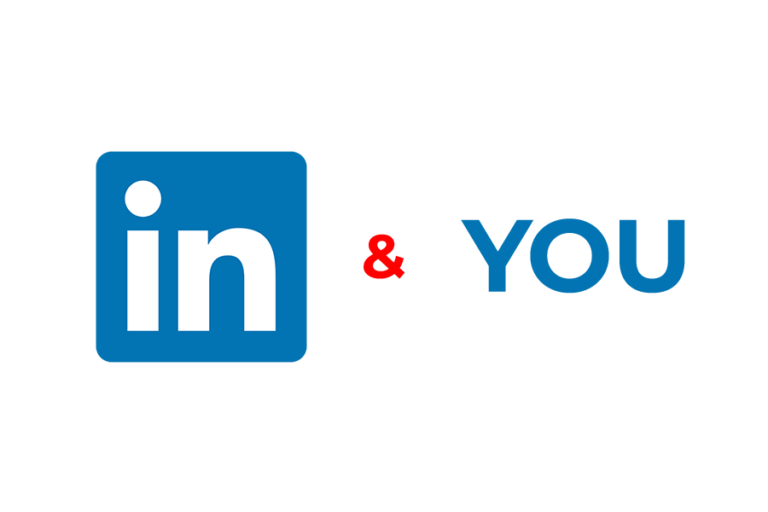
As the business landscape continually evolves, Business Process Outsourcing (BPO) companies adapt by expanding and updating their service offerings to meet a wide range of demands. BPO services encompass various business functions, including customer interaction, back and front-office transactions, IT and software operations, finance and accounting services, and human resources.
In addition to these core services, BPO companies have developed subspecialties such as information technology-enabled services, knowledge process outsourcing, legal process outsourcing, and research process outsourcing.
For example, a Professional Employer Organization (PEO) serves as a bridge in employment relationships by leasing employees to employers. PEOs manage various administrative tasks, including human resources, payroll, worker compensation, and employee benefits, thereby helping businesses reduce HR-related costs and boost ROI. They also engage in recruitment process outsourcing (RPO), enhancing their clients’ recruitment strategies.
Please see more about this field on the site of our partner >>




 In the dynamic realm of talent acquisition, specific roles present distinctive hurdles for recruiters. Securing candidates for hard-to-fill positions necessitates a strategic methodology that transcends conventional recruitment approaches. Every phase of the hiring process, from sourcing to offer handling, demands precise focus and inventive strategies. Yet within these challenges lies a chance for recruiters to harness telescope automation, facilitating the streamlining of their endeavors, especially in captivating passive job seekers.
In the dynamic realm of talent acquisition, specific roles present distinctive hurdles for recruiters. Securing candidates for hard-to-fill positions necessitates a strategic methodology that transcends conventional recruitment approaches. Every phase of the hiring process, from sourcing to offer handling, demands precise focus and inventive strategies. Yet within these challenges lies a chance for recruiters to harness telescope automation, facilitating the streamlining of their endeavors, especially in captivating passive job seekers. The increasingly competitive landscape for tech jobs presents significant hurdles in hiring candidates. As technology becomes increasingly essential in various industries, skilled tech professionals have numerous options and specific job preferences. Gone are the days when companies could passively wait for applications; now, potential candidates scrutinize companies just as much as companies evaluate them.
The increasingly competitive landscape for tech jobs presents significant hurdles in hiring candidates. As technology becomes increasingly essential in various industries, skilled tech professionals have numerous options and specific job preferences. Gone are the days when companies could passively wait for applications; now, potential candidates scrutinize companies just as much as companies evaluate them.
 In the IT industry, Team Leads or Project Managers often build and incorporate new team members. Before reaching the hands of a Team Lead or PM, a resume may go through several roles, such as a Recruiter and/or HR. Recruiters have a specific task to find individuals with experience in specific technologies and at a certain skill level. Senior Recruiters read resumes very quickly, highlighting only the essential skills they need for a particular job opening. Therefore, creating an effective resume is a crucial step in the IT job search. Here are some recommendations on how to make your resume informative:
In the IT industry, Team Leads or Project Managers often build and incorporate new team members. Before reaching the hands of a Team Lead or PM, a resume may go through several roles, such as a Recruiter and/or HR. Recruiters have a specific task to find individuals with experience in specific technologies and at a certain skill level. Senior Recruiters read resumes very quickly, highlighting only the essential skills they need for a particular job opening. Therefore, creating an effective resume is a crucial step in the IT job search. Here are some recommendations on how to make your resume informative: